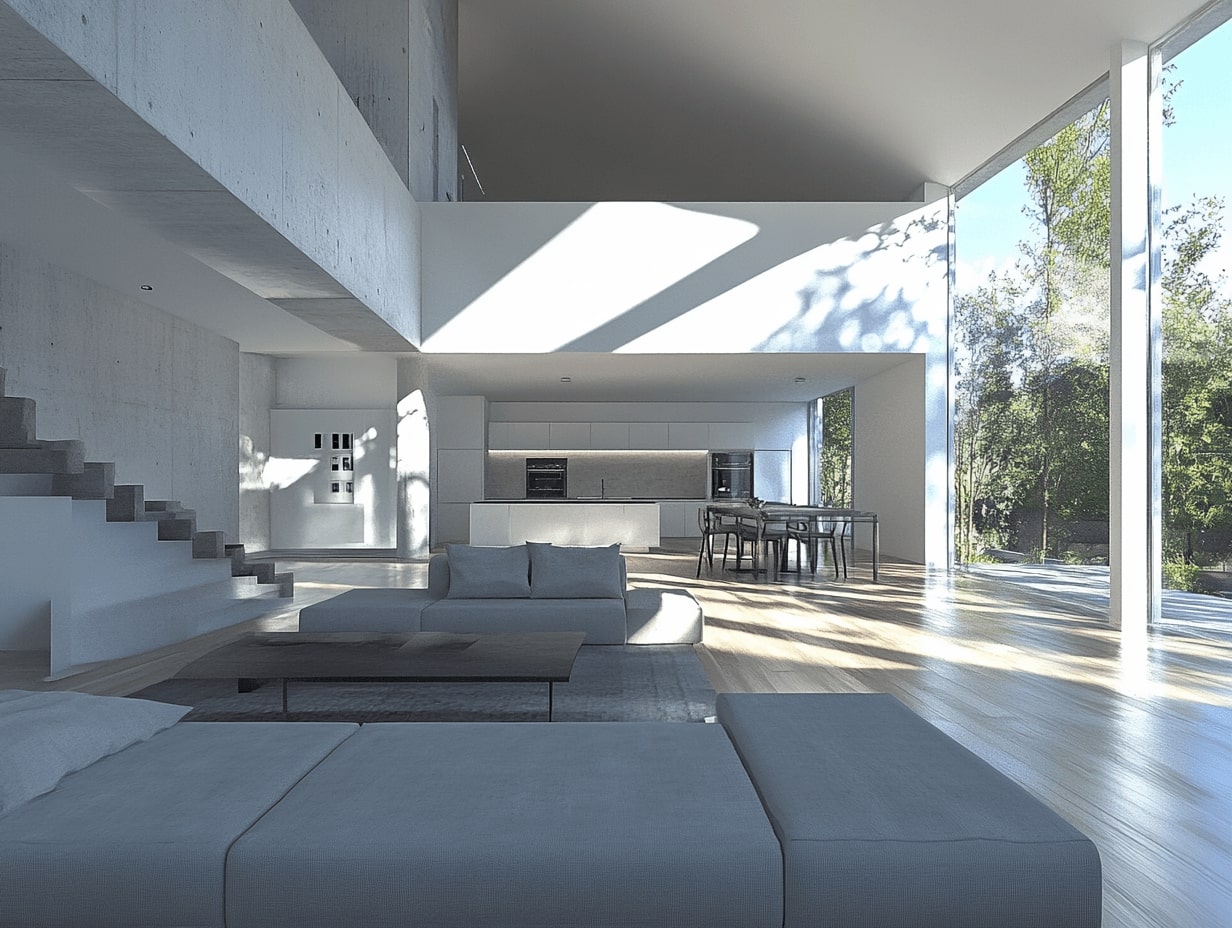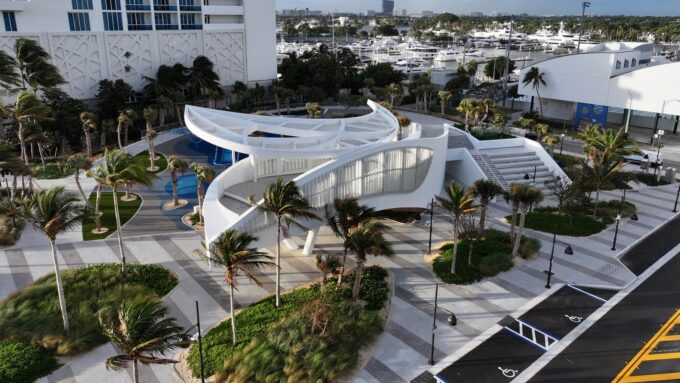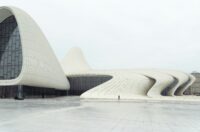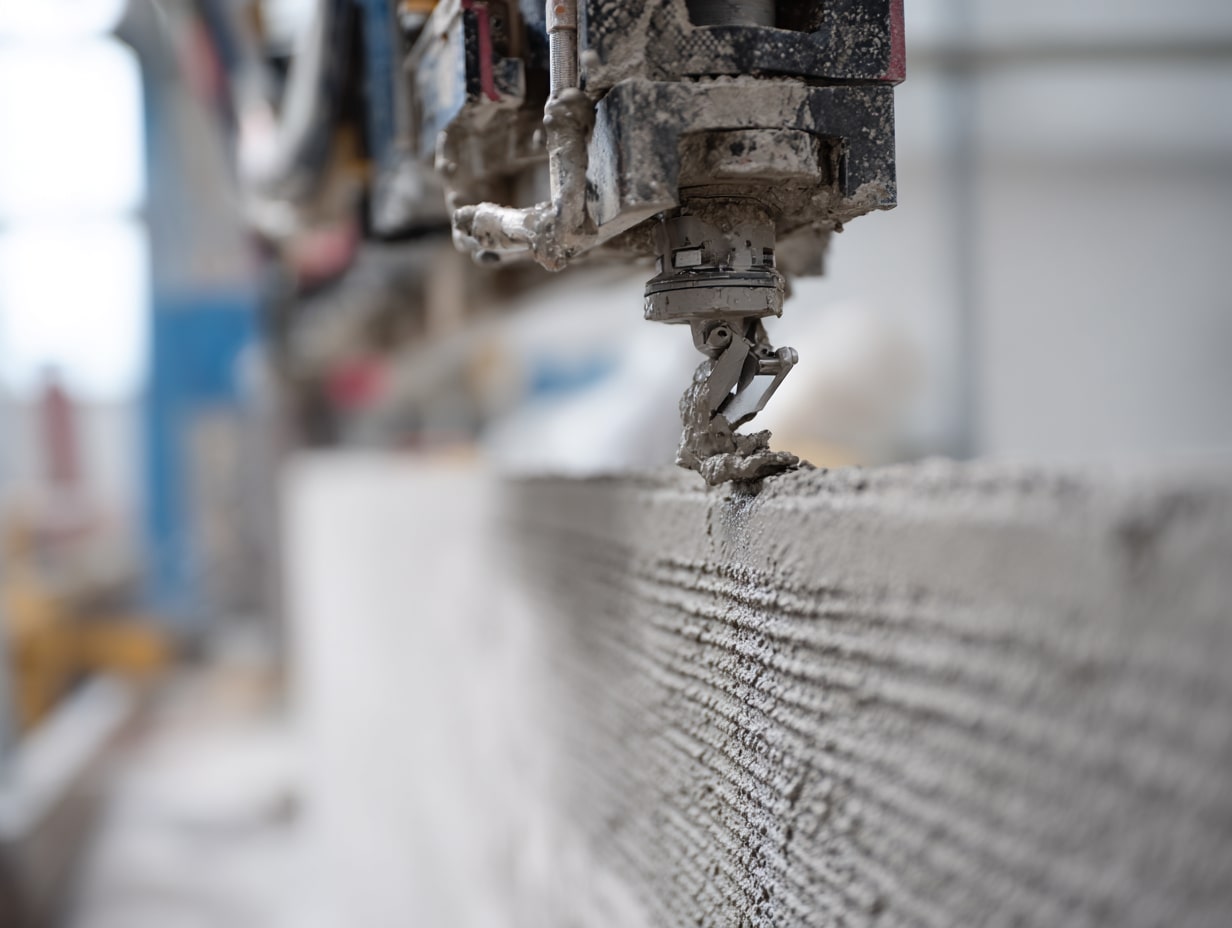- Home
- Articles
- Architectural Portfolio
- Architectral Presentation
- Inspirational Stories
- Architecture News
- Visualization
- BIM Industry
- Facade Design
- Parametric Design
- Career
- Landscape Architecture
- Construction
- Artificial Intelligence
- Sketching
- Design Softwares
- Diagrams
- Writing
- Architectural Tips
- Sustainability
- Courses
- Concept
- Technology
- History & Heritage
- Future of Architecture
- Guides & How-To
- Art & Culture
- Projects
- Interior Design
- Competitions
- Jobs
- Store
- Tools
- More
- Home
- Articles
- Architectural Portfolio
- Architectral Presentation
- Inspirational Stories
- Architecture News
- Visualization
- BIM Industry
- Facade Design
- Parametric Design
- Career
- Landscape Architecture
- Construction
- Artificial Intelligence
- Sketching
- Design Softwares
- Diagrams
- Writing
- Architectural Tips
- Sustainability
- Courses
- Concept
- Technology
- History & Heritage
- Future of Architecture
- Guides & How-To
- Art & Culture
- Projects
- Interior Design
- Competitions
- Jobs
- Store
- Tools
- More
Exploring the Role of Lighting in Modern Architecture: Design and Function
Discover the transformative role of lighting in modern architecture. This article explores how architects harness natural and artificial light to shape moods, highlight features, and craft dynamic spaces.

In the world of modern architecture, lighting isn’t just about illumination—it’s an art form that shapes our experiences and perceptions. As we explore the role of lighting, we uncover its profound impact on design aesthetics and functionality. Whether it’s natural sunlight streaming through expansive windows or the strategic placement of artificial lights, every decision influences how we interact with a space.
Our journey delves into how architects harness lighting to create mood, highlight architectural features, and enhance the overall environment. It’s fascinating to see how the interplay of light and shadow can transform a simple structure into a dynamic masterpiece. As we navigate this topic, we’ll discover how innovations in lighting technology are pushing the boundaries of what’s possible in contemporary design.
By understanding the pivotal role lighting plays, we gain a deeper appreciation for the intricate balance between form and function in modern architecture. Let’s illuminate this captivating subject together.

Table of Contents
ToggleUnderstanding Modern Architecture
Modern architecture, characterized by simplicity and functionality, embraces new materials and construction techniques. With roots in the early 20th century, it’s known for its rejection of historical styles and ornamentation, favoring instead clean lines and open spaces. Key features include the use of steel, glass, and reinforced concrete, which facilitate the creation of large, open floor plans and extensive window areas.
The emphasis on flow and connectivity plays a significant role, as does the seamless integration with the surrounding environment. Driven by innovative technologies and sustainable practices, modern architecture often incorporates ecological design principles. Architects aim to minimize environmental impact while maximizing human comfort and efficiency.
Understanding the essential elements of modern architecture enables us to appreciate how lighting complements these features. By highlighting structures and creating luminous spaces, lighting enhances architectural aesthetics and functionality.
The Importance of Lighting in Architecture
Lighting shapes both the function and aesthetic of architectural spaces. It harmonizes with building elements to influence emotional responses and environmental features.
Conceptualizing Lighting Strategies
Designers incorporate lighting strategies to complement architectural vision. In residential designs, natural light can create warmth and accessibility. In commercial spaces, artificial lighting highlights architectural forms and directs attention. Lighting schemes often use dynamic lighting controls to adjust intensity and color temperature based on user activity or time of day.
Enhancing Aesthetic Appeal
By emphasizing structural features, lighting enhances aesthetic appeal. Soft, diffuse lighting highlights sculptures or textures, creating visual interest. Accent lighting on art pieces or focal walls serves a dual purpose of decoration and attention direction. Through strategic placement and lighting types, architects craft engaging spaces that communicate both beauty and intention.

Types of Lighting Used in Modern Architecture
Lighting in modern architecture significantly influences both aesthetic and function. Let’s explore the various types used to enhance architectural designs.
Natural Lighting
Natural lighting is a vital element in modern architecture, incorporating daylight to create inviting and energy-efficient spaces. Skylights, expansive windows, and glass facades allow natural light to flood interiors, highlighting textures and materials. We notice that rooms with ample natural light tend to feel more spacious and warm. Daylighting strategies consider the sun’s path and climate, optimizing light entry while mitigating glare and heat gain. Smart glass technologies can adjust transparency to control light levels, enhancing comfort and reducing energy consumption.
Artificial Lighting
Artificial lighting complements natural light, offering versatility and control in modern architecture. We utilize ambient, task, and accent lighting to define and enhance spaces. LED technology prevails due to its efficiency and adaptability, allowing architects to create dynamic environments with varying color temperatures and intensities. In our designs, recessed lighting provides general illumination, while pendant lights or wall sconces accentuate features. Dynamic lighting controls adjust brightness and color based on user preference or activity, creating adaptable atmospheres in residential and commercial settings. LEDs in smart buildings are integrated with automation systems to adapt to occupancy and daylight variations.

Case Studies of Successful Lighting Integration
Lighting in modern architecture transforms spaces into celebrated masterpieces. Examining renowned examples reveals how lighting design elevates both form and function.
Iconic Buildings and Their Lighting Designs
The Eiffel Tower’s illumination showcases how lighting enhances structural elements. Using 20,000 light bulbs, it creates a mesmerizing night-time spectacle that highlights its architectural intricacy. At Burj Khalifa, a dynamic LED facade adapts color and intensity, transforming the world’s tallest building into a visual landmark. In Sydney Opera House, projected lighting brings its distinctive sails to life, offering an engaging visual narrative that complements its cultural significance.
Lessons Learned from Lighting Innovations
Innovations teach us the importance of sustainability and aesthetics. Implementing energy-efficient LED technology in One World Trade Center achieves environmental goals while maintaining high aesthetic value. At The Shard, natural light usage through extensive glazing reduces energy consumption and provides occupants with beneficial daylight. From Philips Lighting Headquarters, adaptive controls demonstrate how responsive lighting adjusts to user needs, optimizing comfort without undermining design.

Challenges in Implementing Lighting in Architecture
Integrating lighting in architecture involves multiple challenges. These difficulties stem from balancing design aesthetics with practical constraints and ensuring eco-friendly solutions.
Balancing Functionality and Design
Architects strive to harmonize lighting’s functional demands with design integrity. Achieving optimal illumination often competes with architectural vision. For instance, while open cavernous spaces benefit from broad ambient lighting, this can obscure subtle design features. Combining task, ambient, and accent lighting requires precise planning to align with aesthetic goals. Our task involves designing systems that respect this harmony, tailoring light sources to complement textures and materials without overpowering the space.
Sustainability Considerations
As sustainability becomes a priority, architects face challenges in sourcing eco-friendly lighting solutions. Incorporating energy-efficient technologies like LEDs while minimizing ecological impact demands innovative approaches. Balancing sustainability with economic constraints also presents hurdles. For example, selecting systems that reduce energy consumption without compromising quality can pressure budgets. Additionally, maintaining indoor environmental quality while using natural lighting introduces complexities, since features like smart glass systems or daylight-responsive controls require thoughtful integration to mitigate heat gain and glare.
Conclusion
In examining the role of lighting in modern architecture, we see it as a powerful tool for crafting spaces that are both functional and aesthetically pleasing. By integrating natural and artificial lighting, designers can create environments that enhance user experiences and elevate architectural forms. Lighting technology continues to evolve, offering architects new ways to balance aesthetics and sustainability. As we push the boundaries of architectural design, the strategic use of lighting remains a key element in shaping the future of our built environment.
- architectural lighting consultancy
- architectural lighting design
- architectural lighting solutions
- contemporary architectural lighting
- digital lighting in architecture
- dynamic architectural lighting.
- exterior architectural lighting
- innovative lighting design
- interior architectural lighting
- LED lighting for architecture
- lighting design services
- lighting impact on architecture
- lighting in architecture
- lighting trends in architecture
- modern architecture lighting
- role of lighting in architecture
- smart lighting in architecture
- sustainable architectural lighting
Submit your architectural projects
Follow these steps for submission your project. Submission FormLatest Posts
3D Printed Homes: Time, Cost, and What to Expect
3D printed homes explained: realistic timelines (24–72h walls, 8–16 weeks total), true...
How a Contact Centre Boosts Trust in Your Building Business
In construction, trust is the glue that holds projects together. Clients need...
How Real Time Parcel Geolocation Is Redefining Last Mile Efficiency for Modern Businesses
Last mile delivery has become the most critical point in the customer...
How Can Small Spaces Stay Stylish and Relaxing?
In today’s fast-paced urban lifestyle, small living spaces are becoming increasingly common....












Leave a comment